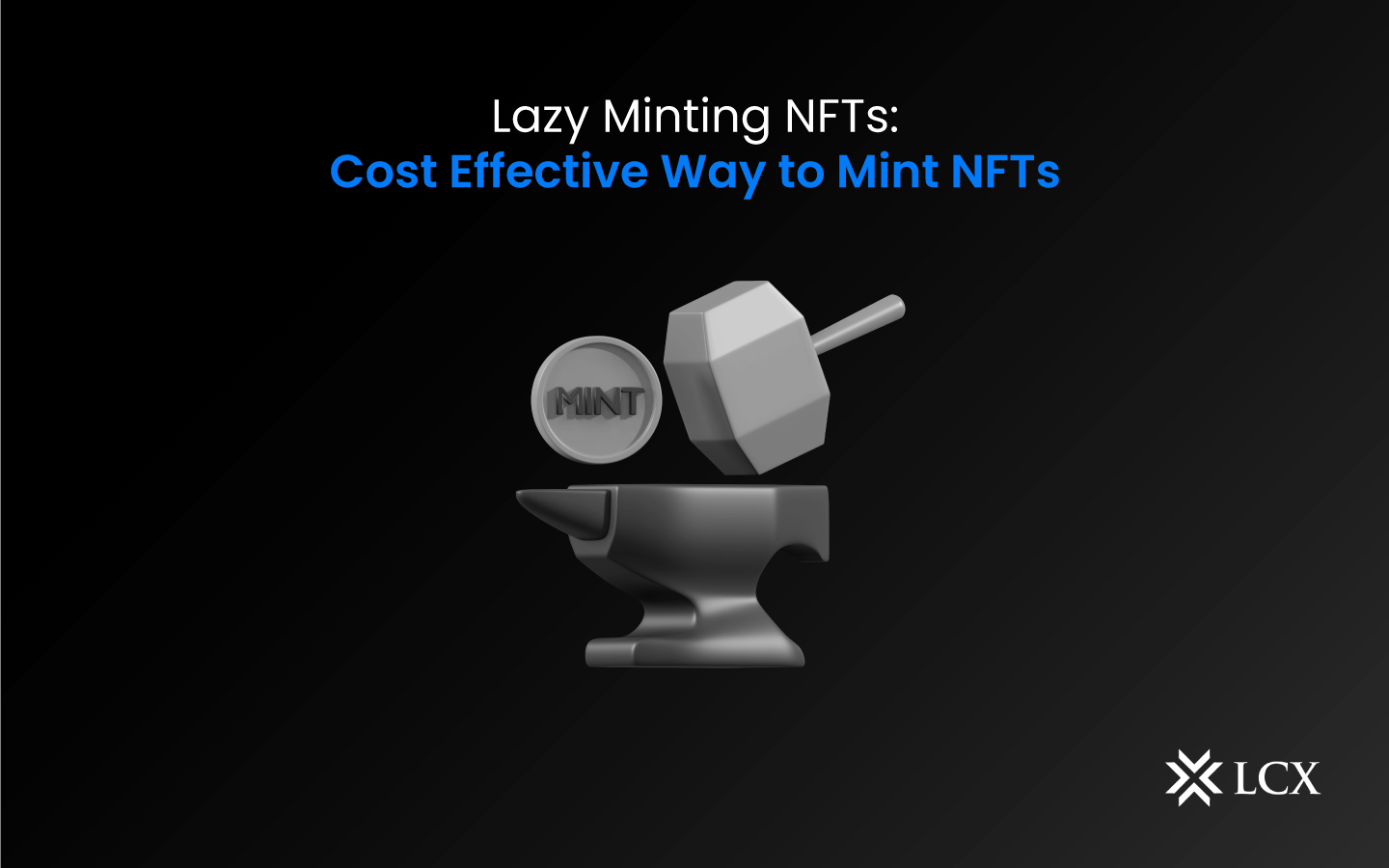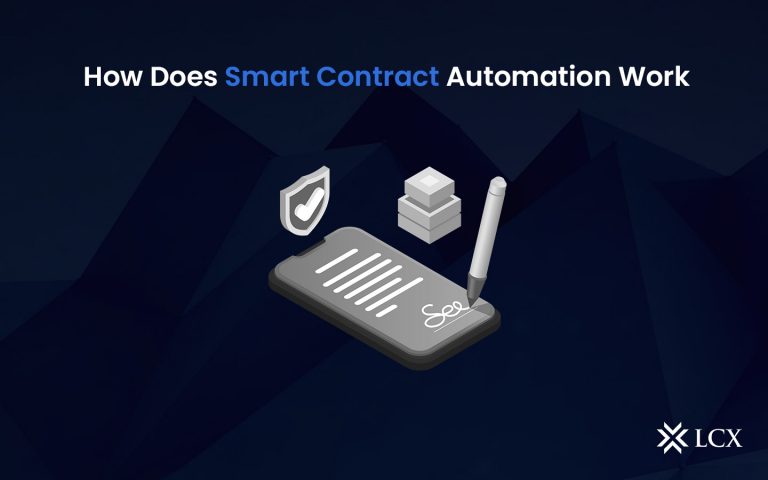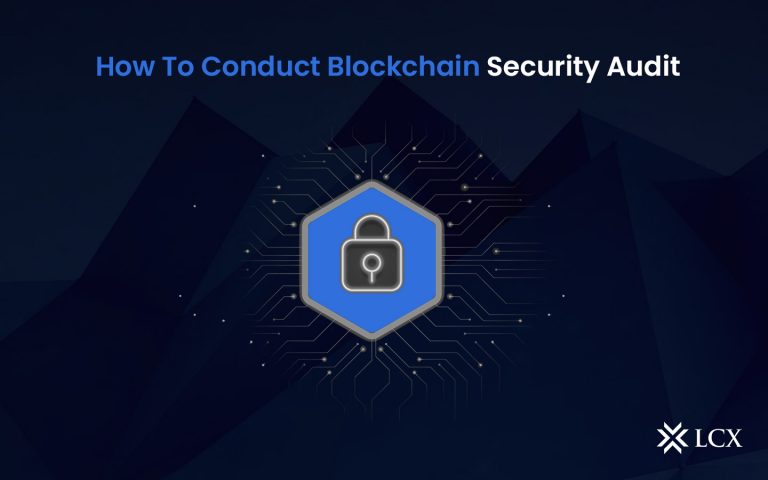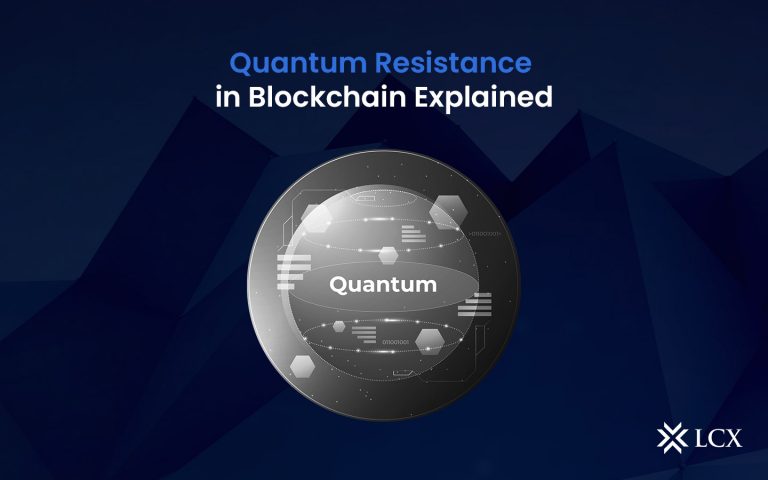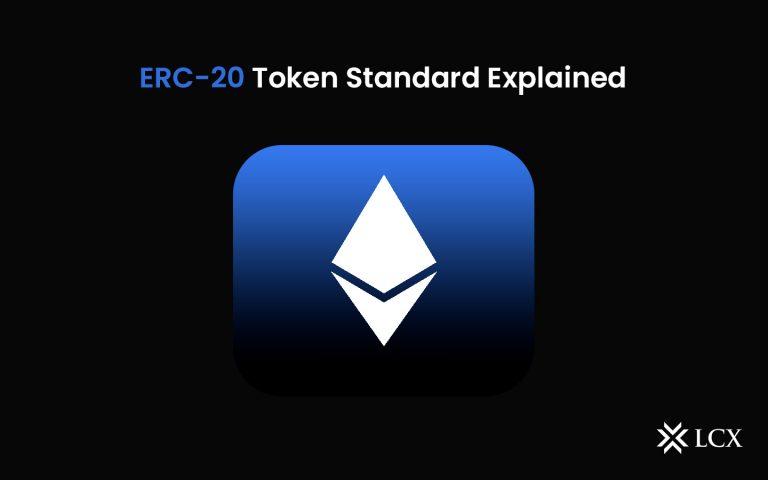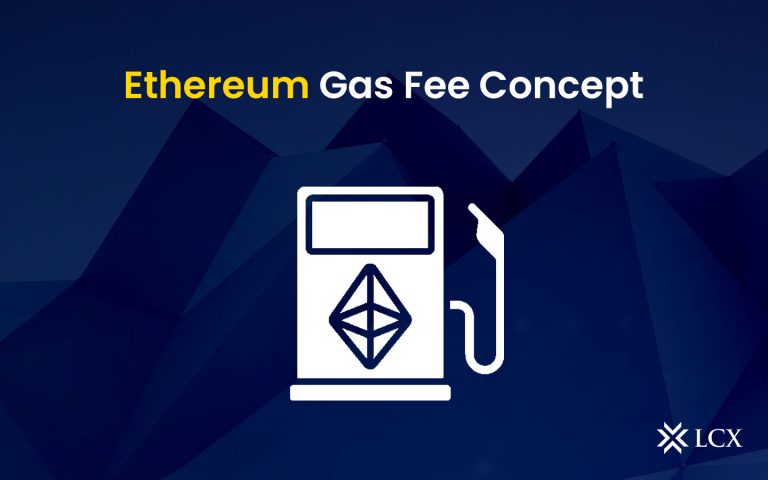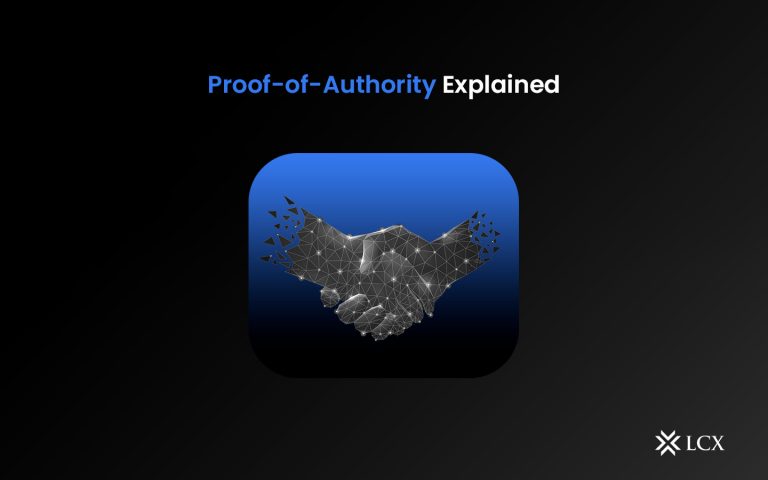Digital creators or artists considering the world of digital assets must understand that minting NFTs may be costly. With high gas fees and a complicated procedure, the cost of minting discourages many would-be creators. However, there is an alternative: Lazy NFT minting. This approach permits the creation of digital collectibles by creators. They do not have to pay the excessive gas costs associated with typical currency. This method of token generation facilitates the transfer of digital artwork on the blockchain.
History of Lazy NFT Minting
The majority of non-fungible tokens have never been traded, and blockchain transaction fees continue to rise. These advance expenses in the form of gas fees make the cost of creating NFTs exceedingly costly, thereby preventing numerous skilled artists from accessing the market. It was the primary cause for the adoption of lazy minting in 2020. Only a few marketplaces (OpenSea and Rarible) offer the option of passive minting at present. Artists can manufacture NFTs without paying gas fees up front. The gas fee will be charged only when the NFT is purchased, and a smart contract will record operations on the blockchain. All information related to the NFT, and thus the NFT itself, will be transferred to the buyer’s wallet.
How does Lazy NFT Minting Work?
Lazy minting of NFTs is an approach for minting digital artwork and artifacts on the blockchain. Traditional minting requires “calling a contract” and gas fees for passing on tokens on the blockchain. In lazy minting, rather than explicitly producing an NFT, the creator creates a “voucher.” During the sale, the coupon can be traded for the token.
It includes all the data required for a genuine NFT, including the smart contract. The NFT originator authorizes the signature of the recipient, which is essential to ensuring the authenticity of the coupon. The signature is public information that confirms that it has been generated by them, so purchasers can have faith in its authenticity. EIP-712 was developed by Ethereum’s developers to facilitate and strengthen the handling of signed vouchers. It serves as a standard for digital claim ticket signatures. The digital signatures generated with this type of protocol are confirmations of authentication from the smart contract of that particular network.
When lazy minting is implemented, creators are not required to make a payment for “calling” their token immediately to the blockchain. Even prior to paying the minting fees, creators can authorize its sale with their signature. The purchaser is responsible for the two separate minting fees and the price of the non-fungible tokens on purchase. The token is currently present on the blockchain and in the purchaser’s wallet. This procedure assists in ensuring token authenticity and preventing fraud, as purchasers can rest assured that only validated tokens will enter trade.

Advantages of Lazy NFT Minting
Cost Effective: Lazy minting NFTs removes the requirement for initial expenses, making NFT collection easier and more affordable for all levels of creators.
Flexibility: NFT artists can mint based on popularity, enabling them to produce and sell NFTs without committing to a minimum number of them in advance.
Scalable: Lazy minting provides an extensible and efficient method for selling NFTs to a wider range of people.
Use Cases of Lazy Minting
Virtual Gaming: Lazy minting of NFTs might prove particularly helpful in the world of virtual gaming, where players can acquire exclusive items, skins, or characters as non-fungible tokens. These assets are only available if a player acquires them, which may assist game developers lower initial expenses. Lazy minting can also be used to generate immediate or exclusive edition NFTs that can be used to incentivize players, boost player engagement, and generate earnings for game developers.
Collectibles: Lazy minting may be employed to create exclusive and limited edition collectibles. This can help enhance the value of NFTs and give collectors a sense of exclusivity. The inflexible minting process enables creators to produce NFTs on demand, eliminating the necessity of generating a large number of collectibles in advance.
Digital Art: Lazy minting can be used in digital art and media to make limited and one-of-a-kind works of digital art that are only created when a consumer purchases them. This can assist artists and creators in reducing initial expenses and increasing the value of their work. It can also be employed to produce NFTs with customizable artwork or metadata, offering buyers a more individualized experience.
Conclusion
Lazy NFT minting is a simple and effective method for producing non-fungible tokens. There is no need to undergo the difficult and time-consuming procedure of conventional minting. Users can rapidly list their digital artwork on prominent marketplaces by employing lazy-minting. By minting NFTs only when they are sold, passive minting NFTs eliminate the requirement for initial expenses and the technical expertise required for traditional NFT creation. Through the ability to create and sell NFTs upon request, the minting of NFTs offers a scalable and effective method for selling them to a larger audience.
